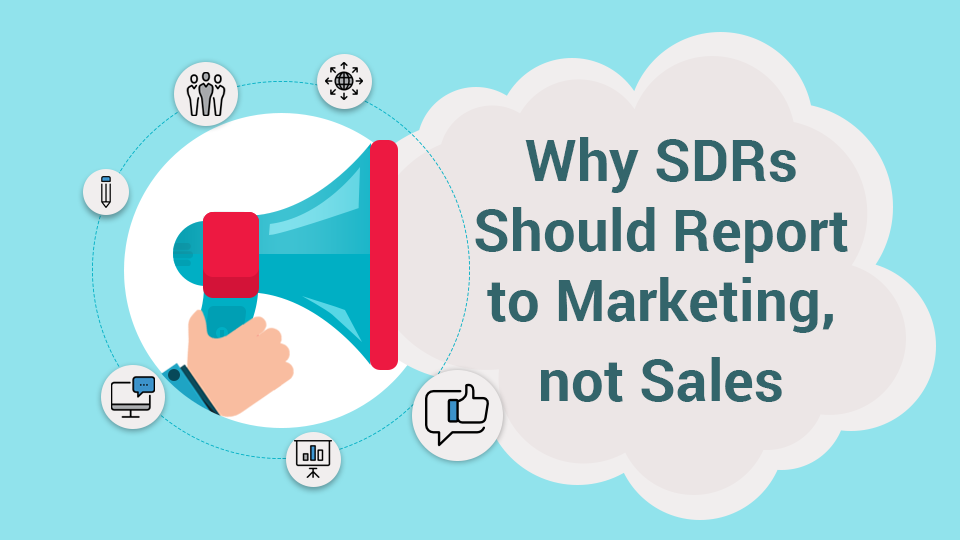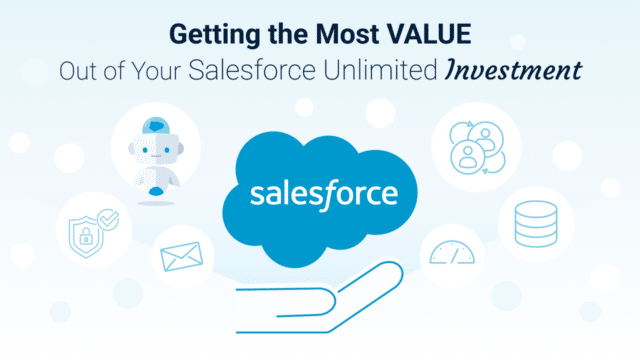Previously, we talked about why and how your fast growing B2B SaaS company should invest in building a Lead Generation team. If you’re wondering what a SDR (sales development representative) is, check out How to: Build a Lead Generation team.
While SDRs often report to Sales, this post will talk about why we believe your SDRs should report to Marketing. We’ll also discuss how you develop a contract between Sales and Marketing stating how many qualified leads will be passed each month.
Why SDRs Should Report to Marketing
With over a decade of experience working with SaaS companies and having built a few lead generation teams ourselves, we advocate three main reasons SDRs report to Marketing and not Sales.
SDRs need to be coached and mentored – a lot
They are usually the hungriest, but least experienced members of the Sales process. Our experience is because vice presidents of Sales are so focused on coaching their heavy lifting Sales reps, SDRs are never given the amount of attention, training, and coaching they require. In comparison, because most Marketing departments have smaller teams and SDRs are the last stage of the funnel, they tend to get a lot of love.
SDRs tend to look up to Sales team members
SDRs are less experienced and generally their goal is to rise to a Sales executive role. As a result, SDRs can become too eager to please Sales reps. This is an issue when a particularly charismatic or very aggressive Sales team member cajoles or bullies an SDR into serving them more than the other team reps. Or, for example, Sales reps will convince SDRs to only pass certain types of leads. We often notice Sales reps don’t like working leads from certain industries and reps will pressure their SDR into over-qualifying leads from that industry. Overtime, the SDR will eventually stop passing along those type of leads altogether. While the Vice President of Sales might overlook or even condone this behavior, a CMO or Vice President of Marketing likely will not.
Passing qualified leads to Sales is Marketing’s job
Putting the onus of lead qualification on Marketing and measuring Marketing’s success in number of qualified leads (not just leads) helps ensure only quality leads are handed off to Sales. In our experience, this also helps aligns Sales and Marketing by establishing shared goals.
Sales and Marketing Alignment
Without implementing a contract that outlines a definition of a qualified lead and how many qualified leads will be passed from Marketing to Sales each month, friction between Sales and Marketing is inevitable. As we mentioned above, Marketing’s role should be to enable Sales by generating qualified leads.
Developing an Service Level Agreement (SLA) helps reduce friction by forcing Sales and Marketing to agree on the definition of a qualified lead. As a result, disputes over whether a lead passed from Marketing to Sales is qualified or not decreases. It also holds Marketing accountable for maintaining a certain level of lead quality and means that Sales can’t blame Marketing for not reaching quotas.
A well-written SLA can align Sales and Marketing, by establishing how to define, measure, and engage qualified leads. If you’re looking to build a comprehensive SLA, check out this free SLA Template You Need For Sales And Marketing Alignment template.
Wrap Up
If you’re looking for some other great reads related to Lead Generation and Sales and Marketing Alignment, here are a couple of our favorites:
- Your VP Sales Has a Sales Quota. Your VP Marketing Needs a Lead Quota. Period. by Jason Lemkin
- Why Sales and Marketing Aren’t BFFs by Kylee Hall
Need help building a Lead Generation team or refining your Sales process? Get in touch! We love working with fast growing SaaS companies to improve their Sales and Marketing performance. Hate this post? We want to hear that too! Let us know if you don’t agree with us or why you’re convinced SDRs should report to Sales and not Marketing.



